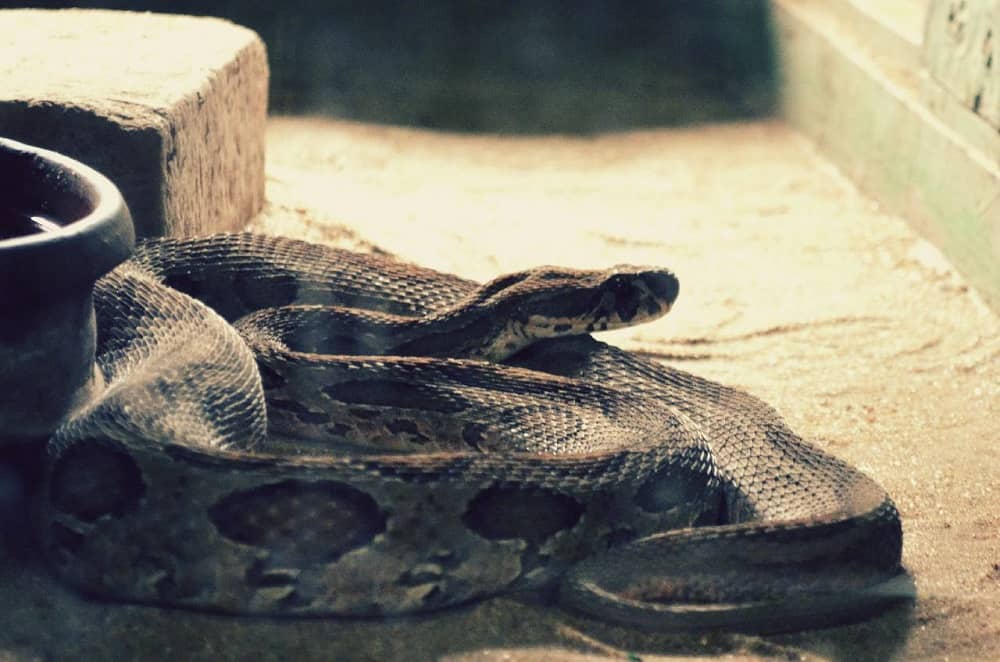
In the world of snakes, Boas stand out from the crowd with their size and bulk, but the terminology used for these slithering giants can be somewhat confusing. While Boa is the scientific classification for several different families of snakes that kill by constricting their prey, Boa constrictors are their own specific species of Boa with various subspecies. In other words, a Boa constrictor is a type of Boa snake.
Boas are also not to be confused with Pythons. The main difference between these closely related snakes is reproduction, where Boas give birth to live young while Pythons lay eggs. Pythons are also referred to as old-world snakes being found across Asia, Africa, and Australia.
Boas can be found worldwide but are primarily concentrated in the Americas and therefore seen as new-world snakes.
There are currently ten types of Boa constrictors recognized in taxonomy; Amarai’s, Red-tailed, Northern, Tumbes Peru, Mexican, Dominican Clouded, Argentine, St Lucia, Orton’s, and the Pearl Island boa constrictor. Although similar, there are differences in appearance and adaptations across regions.
The differences and variations in these Boa constrictor subspecies are sometimes very subtle, but looking at their localities and unique physical markers will help you identify all the different Boa constrictors in your life.
Table of Contents
- What is a Boa Constrictor?
- What are the Different Types of Boa Constrictors?
- 1. Amarai’s Boa Constrictor (Amarali)
- 2. Red-Tailed Boa Constrictor (Constrictor Constrictor)
- 3. Northern Boa (Imperator)
- 4. Tumbes Peru Boa Constrictor (Longicauda)
- 5. The Mexican Boa Constrictor (Sigma)
- 6. Dominican Clouded Boa Constrictor (Nebulosa)
- 7. Argentine Boa Constrictor (Occidentalis)
- 8. St Lucia Boa Constrictor (Orphias)
- 9. Orton’s Boa Constrictor (Ortonii)
- 10. Pearl Island Boa Constrictor (Sabogae)
- Conclusion
What is a Boa Constrictor?

A boa constrictor is a large snake found from Central to South America and even on the Caribbean islands.
They are non-venomous snakes that kill by constricting their prey. For many years it was believed that the constriction was killed by suffocation, but new research has brought to light that the mechanism of death is the disruption of the circulatory system. The constriction cuts blood circulation … Read the rest of the story.
No comments:
Post a Comment